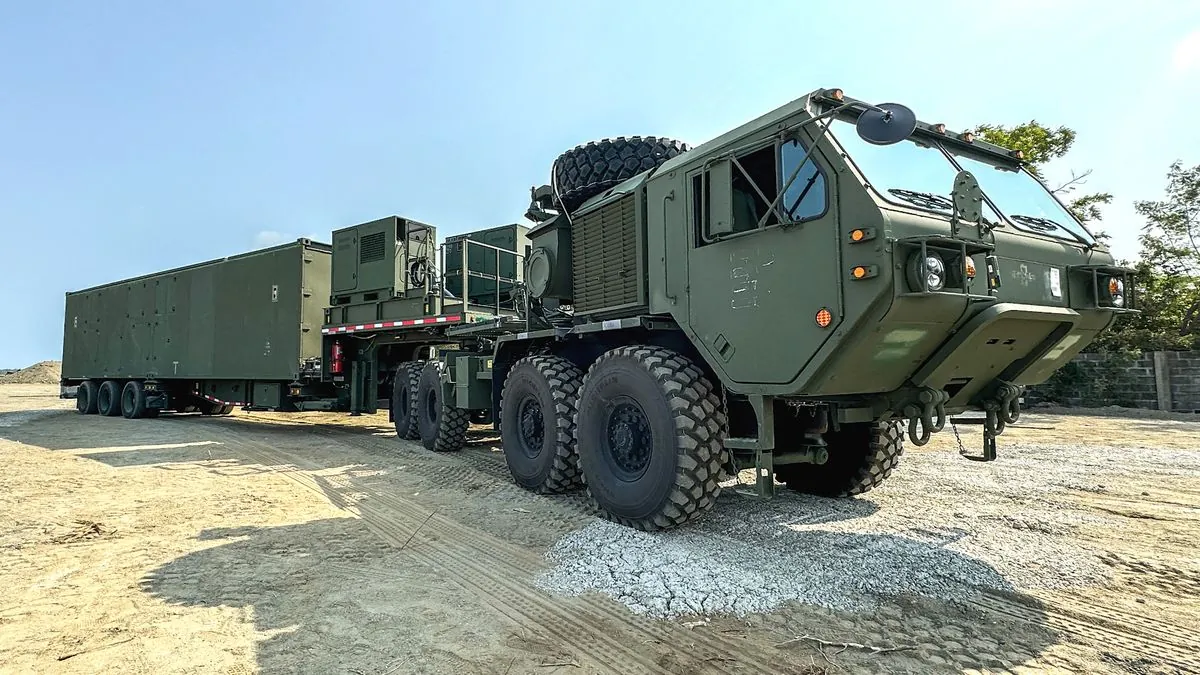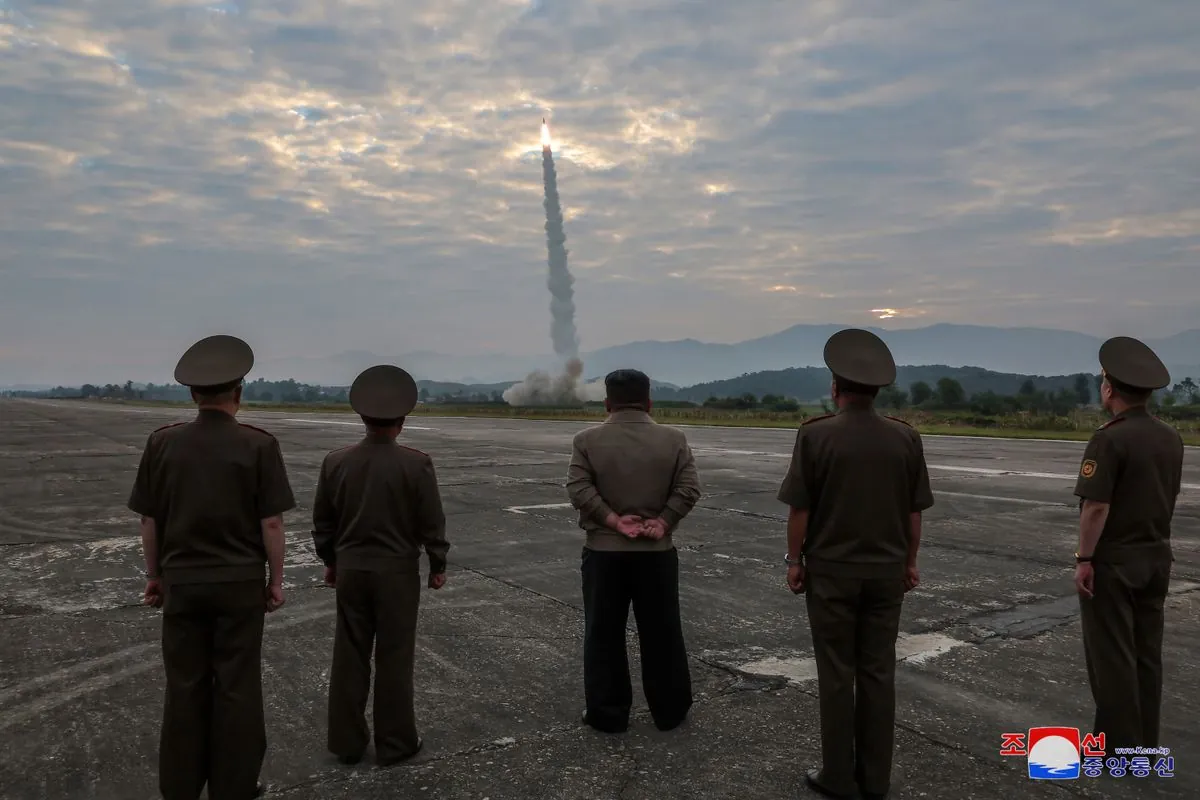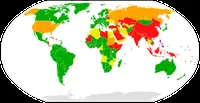U.S. Typhon Missile System Remains in Philippines, Testing Regional Readiness
The U.S. Typhon missile system continues its deployment in the Philippines, testing regional conflict readiness. This move has sparked tensions with China and Russia, who accuse the U.S. of escalating an arms race in the region.

The United States has maintained its Typhon missile system in the Philippines, with no immediate plans for withdrawal, according to sources familiar with the situation. This deployment, which began approximately 17 months ago, is part of an ongoing effort to assess the system's effectiveness in potential regional conflicts.
The Typhon system, capable of launching long-range cruise missiles, is currently stationed in northern Luzon, facing the South China Sea and in proximity to the Taiwan Strait. Its presence has drawn criticism from China and Russia, who argue that it contributes to an arms race in the region.
Colonel Louie Dema-ala, a Philippine army spokesman, confirmed that joint training exercises with the system are ongoing. The U.S. Army Pacific (USARPAC) will ultimately determine the duration of the Typhon's stay. A USARPAC public affairs officer noted that recent discussions have focused on integrating host nation support for the system.

A senior Philippine government official, speaking anonymously, revealed that the deployment serves as a test for the system's feasibility in the country. This strategic move aims to ensure rapid deployment capabilities when necessary. The official added that the Typhon's presence provides a deterrent against Chinese aggression, stating, "We want to give them sleepless nights."
The deployment coincides with escalating tensions between the Philippines and China over disputed areas in the South China Sea. Recent months have witnessed numerous sea and air confrontations in this strategic waterway.
"Manila and Washington had brought huge risks of war into the region."
In response to China's concerns, Philippine Foreign Affairs Secretary Enrique Manalo assured in July 2023 that the missile system poses no threat to China and will not destabilize the region.
The U.S. has been actively expanding its arsenal of anti-ship weapons in Asia, aiming to narrow the gap in the Indo-Pacific missile race where China currently holds a significant lead. Plans include the acquisition of over 800 SM-6 missiles in the next five years, complementing the existing inventory of several thousand Tomahawk missiles.
This strategic positioning comes in the wake of China's militarization of at least three artificially constructed islands in the South China Sea. The U.S. reports that these islands are equipped with anti-ship and anti-aircraft missiles, despite China's claims that these facilities are purely defensive.
The ongoing presence of the Typhon system in the Philippines underscores the complex geopolitical dynamics in the region, as nations navigate territorial disputes and strategic alliances in an increasingly tense environment.


































